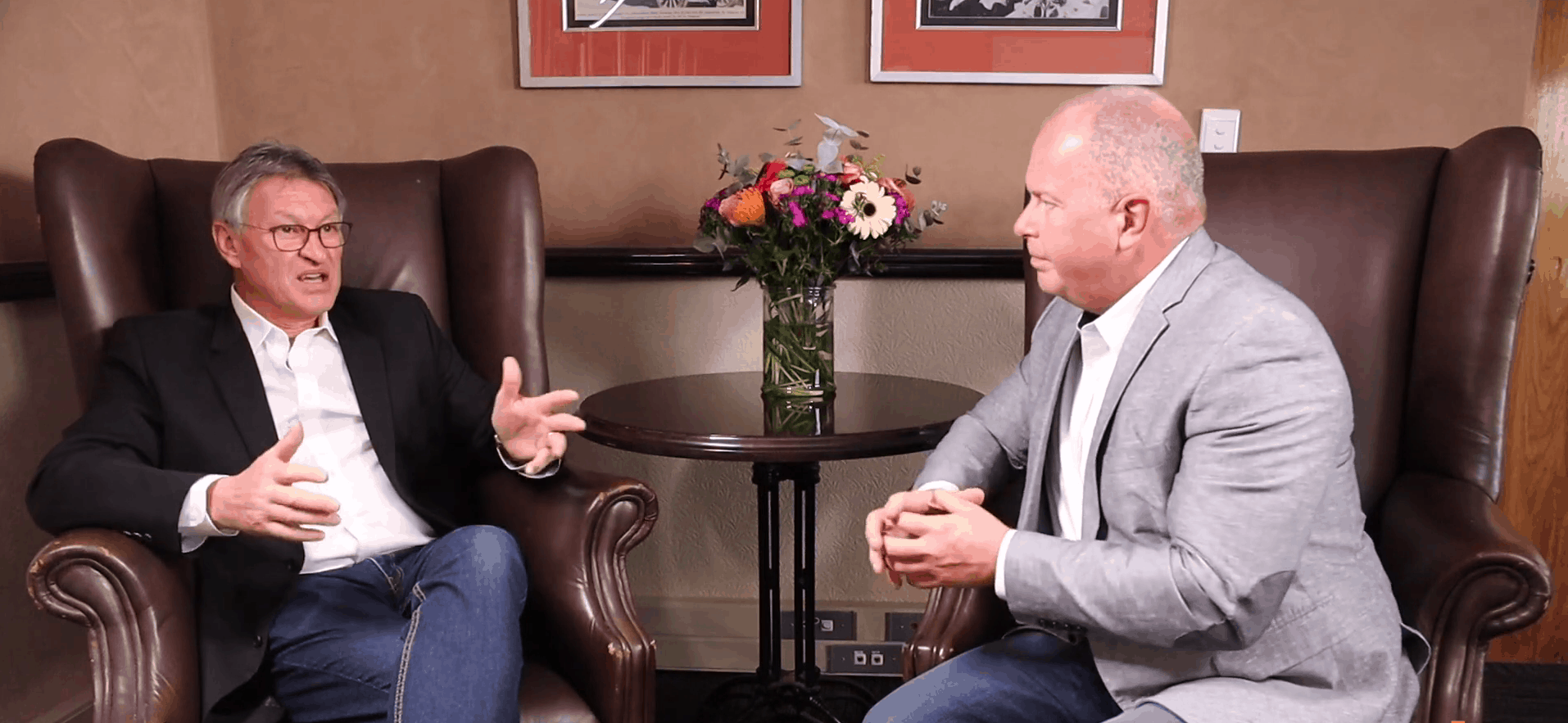News Flash – there is no perfect leader. But there’s also no arguing the fact that some leaders are much better than others. So, what’s the difference between those leaders whose career trajectory rockets upward with great velocity, and those whose careers move at a snail’s pace, if at all? The best leaders know when to stop harming themselves, they know when to get out of their own way, and they know what to STOP doing.
I have long held to the belief that leadership exists to disrupt mediocrity. However, my observation is that many in positions of leadership tend to protect the status quo (mediocrity’s best friend) at all costs. The best path forward for any organization looking to improve performance it to immediately stop doing anything that creates, emboldens, or builds on bad leadership habits. Don’t embrace outdated, static, or politically correct thinking – neutralize it at all costs.
We live in a world that far too easily suffers fools in leadership. We embrace pseudo-intellectuals and idiot savants as thought leaders, we accept poor performance as normative, and we value being politically correct more than we fear to be incorrect. Leadership should not be about who is right, but it should be about what is right.
Before the calendar turns into a new year, I want to encourage you to be bold and think differently. While there are many things I could offer up as forward-looking leadership counsel, I thought it best to share 5 things I believe all leaders should immediately stop capitulating to in order to become more effective:
- Lionizing The Few – Leadership is not a position or a title. It is not a job reserved only for a precious few presiding over the masses. Here’s something to keep in mind – if you tell people long enough or loud enough that they’re not leaders, you shouldn’t be surprised when they begin to believe you. Your job is not to keep people from leadership, but to create leadership ubiquity. The most successful organizations are ones in which everyone views themselves as a leader. Leadership that isn’t transferrable, repeatable, scalable, and sustainable isn’t really leadership at all. Build your organization on a framework that builds into all team members regardless of where they reside on the org chart. Don’t lionize the few – mobilize the masses.
- Best Practices – There exists no greater example of herd mentality than that of best practices. I have always believed that a so-called best practice ceases the minute it is labeled as such. By definition, best practices protect the status quo and gate innovation by ensuring people and processes all strive to follow the same methodologies. You cannot successfully differentiate anything by embracing sameness. If no one ever reinvented a wheel, we’d all still be riding on stone tires. The concept of best practices is little more than blending to the norm at your own peril. Smart leaders innovate beyond best practices always in search of next practices. If your decision to do something is born by others doing it the same way, you are doing little more than ceding advantage and opportunity to those competitors more creative than you. Don’t copy – create.
- Cost Cutting: It is simply impossible to beat your competition to the future by spending less than they do – you get there first by investing smarter than they do. Companies that outperform their competition focus less on risk management and more on opportunity management. While not given to frivolity in spending, they, are less concerned with containing expenditures and more concerned with finding new ways to create a greater return on investment. I’ve often espoused that a leaders’ job is not to leverage their people but to create more leverage for their people. Stop asking your people to do more with less (Stupid) and find ways to provide them with a resource advantage (Smart). Stop imposing hiring freezes (Stupid) and begin a relentless pursuit of creating a talent advantage (Smart). Leaders who complain about a lack of resources are doing nothing more than demonstrating their lack of resourcefulness. My CEO at N2Growth has a great saying which has become one of my favorites; so much so, we’ve adopted it as a core business practice at N2Growth: “If it’s stupid, it’s not our policy.”
- Political Correctness – By its very nature, politically correct thinking is most often disingenuous, if not altogether intellectually dishonest. Politically correct thinking replaces individuality and authentic opinions with socially acceptable rhetoric and watered-down behavioral tendencies. I actually miss the days when most conversations consisted of unpredictable, highly charged, and stimulating discourse – you know the ones, where people were encouraged to openly share their true thoughts and opinions. The irony of politically correct thinking is that a society void of individual thought actually creates the opposite of diversity. It is, in fact, politically correct thinking that results in a brainwashed group of sheep that completely lack diversity as a result of a generification of thoughts and actions. The dark secret behind politically correct thinking is that it slowly dulls your senses, and neuters your innate ability to be discerning. I don’t know about you, but I don’t want to hear what you think I want you to say, or what you think you should say, but rather I want to hear what you’re really thinking. Have you ever sat in a meeting where all parties sit around the table with a deer in the headlights look trying to figure out how to dance around an issue rather than address it head-on? It is this type of issue that pollutes our culture, stifles innovation, undermines our productivity, and sentences those who embrace politically correct thinking to a life of mediocrity. Leadership should be much more than a test of one’s ability to excel at playing dodgeball.
- Unwillingness to Change – Examine any study on the rate of change, and you’ll find we’re living in an unprecedented time. The rate of change is clearly outpacing most leaders’ ability to learn and unlearn. Many leaders struggle to remain current, much less find a way to move ahead of the curve. Here’s the thing – if leaders are stuck in the past, their organizations will be forced to travel a very rough road to the future. Leadership isn’t destination based – it’s a continuum. Great leaders think beyond the outcome. They think about what if and what’s next. They don’t get trapped in the journey to a specific destination, but remain in constant search of discovery in order to seek new and better opportunities. Anything in business can be improved, everything can be reimagined, and many things can flat out be eliminated. The harsh reality is this: leaders who embrace “what is” by failing to broaden their worldview will be replaced by those who pursue “what if” by embracing new and creative ways of thinking. Thoughts?
Follow me on Twitter @MikeMyatt and for more information check out my latest book Hacking Leadership (Wiley)







